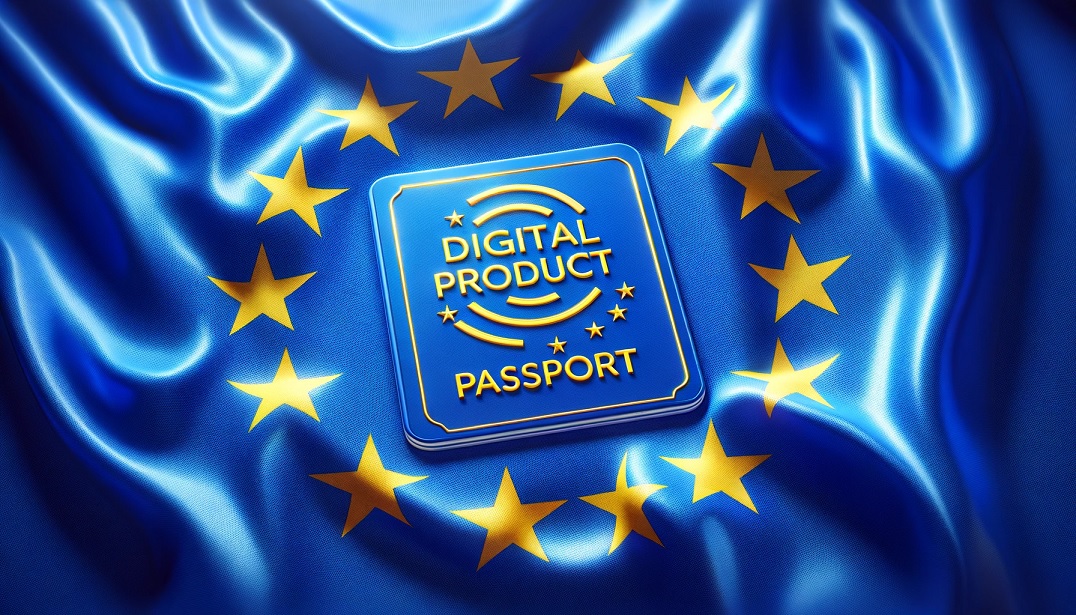Are you struggling with maintaining transparency and traceability in your supply chain? The upcoming Digital Product Passport (DPP) regulation aims to address this issue. However, it leaves many companies wondering how to prepare effectively. Without the right approach, businesses might face compliance challenges, increased costs, and operational inefficiencies. However, by understanding the DPP and its implementation strategies, companies can turn these challenges into opportunities for growth and innovation. This guide will walk you through the essentials of the DPP, its benefits, and how to successfully integrate it into your operations.
What is the Digital Product Passport?
The Digital Product Passport (DPP) is a key component of the European Union’s strategy to promote a circular economy. Set to become mandatory very soon, the DPP aims to enhance product transparency. It will do so by providing comprehensive information about a product’s lifecycle, from production to disposal. This digital record will include details about the materials used, production processes, repair and recycling options, and environmental impact.
The Need for the DPP
With increasing consumer demand for sustainable products and stricter regulations on environmental impact, businesses need a robust system to track and report product information. Traditional methods often fall short, leading to inefficiencies and a lack of transparency. The DPP addresses these issues by creating a standardized, digital record that is accessible to all stakeholders.
Key Benefits of Implementing the DPP
- Enhanced Transparency: The DPP will provide a detailed digital record of a product’s lifecycle, ensuring that all stakeholders, including consumers, manufacturers, and regulators, have access to accurate and up-to-date information.
- Regulatory Compliance: With the EU making DPP mandatory, early adoption will help businesses stay ahead of regulatory requirements, avoiding potential fines and sanctions.
- Improved Sustainability: By tracking materials and processes, the DPP helps companies identify areas for improvement in their sustainability efforts, contributing to a more circular economy.
- Increased Consumer Trust: Transparency in product information fosters trust among consumers who are increasingly prioritizing sustainability and ethical production practices.
- Operational Efficiency: Streamlining data collection and reporting processes reduces administrative burdens and enhances supply chain efficiency.
Steps to Implement the DPP
- Understand the Requirements: Familiarize yourself with the specific requirements of the DPP regulation, including the type of information that needs to be recorded and reported.
- Assess Your Current Systems: Evaluate your existing data management systems to identify gaps and areas that need upgrading to comply with the DPP requirements.
- Choose the Right Technology: Invest in digital tools and platforms that can support the creation, storage, and sharing of digital product passports. Look for solutions that offer scalability and integration capabilities with your current systems.
- Train Your Team: Ensure that your staff are well-trained in using the new systems and understand the importance of accurate data entry and management.
- Collaborate with Stakeholders: Work closely with suppliers, partners, and other stakeholders to ensure that the necessary data is collected and shared efficiently.
- Monitor and Improve: Continuously monitor the implementation process and make improvements as needed to ensure ongoing compliance and efficiency.
Challenges and Solutions
Implementing the DPP may come with challenges such as data integration issues, high initial costs, and resistance to change. However, these can be mitigated through strategic planning, investment in the right technologies, and effective change management practices.
- Data Integration: Work with IT experts to ensure seamless integration of the DPP with your existing systems.
- Cost Management: Consider the long-term savings and benefits of improved transparency and efficiency to justify initial investments.
- Change Management: Engage employees and stakeholders early in the process to foster a culture of transparency and continuous improvement.
Conclusion
The Digital Product Passport represents a significant shift towards greater transparency and sustainability in the European market. By preparing now, businesses can not only ensure compliance but also gain a competitive edge. Implementing the DPP effectively requires understanding the regulations, investing in the right technologies, and fostering collaboration among all stakeholders. Embrace this change to build a more sustainable, efficient, and trustworthy business.



